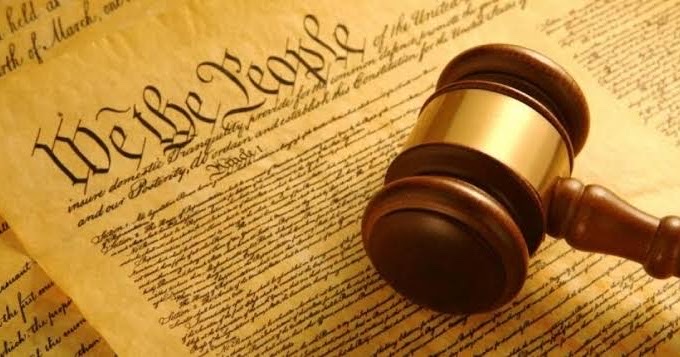

Supreme Court may revisit its landmark judgment in Indra Sawhney versus Union of India.
Why In News?
The Supreme Court, while examining the constitutional validity of the Maratha reservation, said that it will look into whether the landmark 1992 decision in Indra Sawhney v Union of India needs to be revisited.
What is Maratha Reservation?
Socially and Educationally Backward Classes (SEBC) Act, 2018
The 2018 Maratha quota law originally provided 16% reservation to Marathas and came after years of protests by the community.
In June 2019, the Bombay high court trimmed the quantum of the quota to 12% in education and 13% in jobs. In its order, the high court said the 50% cap could be breached in exceptional circumstances.
The bench also asked states to respond to a 2018 Constitution (102nd amendment) Act brought about by Parliament, which gave constitutional recognition to "National Commission for Backward Classes".
Article 342A was introduced via the amendment, by which the competence of states to make laws on reservation for Backward classes was taken away.
The states were also asked to reply on whether Article 342A abridged their rights to create reservations for backward classes under Articles 15 and 16 of Constitution.
Background:
Salient features of Indra Sawhney judgment.
- It recognized socially and economically backward classes as a category and recognized the validity of the 27 per cent reservation.
- The concept of ‘creamy layer’ gained currency through this judgment. Those among the OBCs who had transcended their social backwardness were to be excluded from the reservation.
- It laid down a 50 per cent limit on reservations and observed that economic, social and educational criteria were needed to define backward classes.
- Reservation for backward classes (which include OBCs and SCs & STs) should be confined to initial appointments and not extend to promotions.
Subsequent developments in shaping the reservation policy
- To circumvent the Supreme Court judgment, parliament enacted 77th, 81st, 82nd, and 85th amendment acts, and inserted the provisions for reservation in promotions and carried forward quota (in case vacancies were not filled in a year).
- Cases were filed to judge the constitutionality of these amendments. To name one the most famous is Nagraj judgment of 2006. In this case court upheld the validity of all the four amendments and provided for additional provisions.
- In this case court asked to apply creamy layer condition to SC/ST, also asked states to provide quantifiable data if they want to give reservation for certain community.
- Jarnail Singh vs Lachhmi Narain Gupta 2018 judgement Supreme Court held that the creamy layer principle is an essential aspect of the equality code, and therefore, exclusion of creamy layer while applying the principle of reservation is justified, even in the case of SCs and STs.
